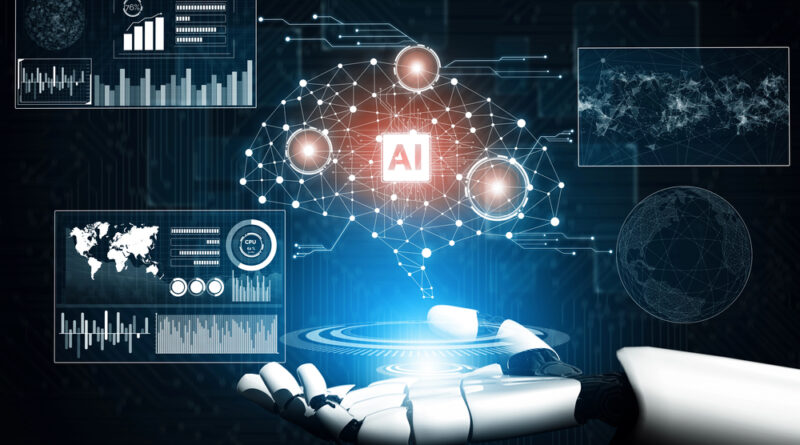AI’s Final Frontier: The Permission Problem
Artificial Intelligence agents have made astonishing strides in recent years. From answering complex questions to creating realistic images, modern AI tools now routinely perform tasks that would have seemed fantastical only a decade ago. But as AI continues to evolve, it now faces perhaps its most stubborn—and essential—challenge yet: gaining the permission it needs to act independently on behalf of humans.
Today’s AI is powerful yet fundamentally passive, largely confined to tasks within software platforms and tightly controlled interfaces. To fulfill their true promise—such as booking flights, scheduling appointments, or ordering taxis autonomously—AI agents must be trusted to interact directly with apps, APIs, and web services, stepping into roles traditionally reserved for humans.
Why Permission Matters
When we book flights, order food, or request a rideshare, we authenticate our identities with passwords, facial scans, or fingerprints. But when an AI agent tries to perform these actions for us, there’s a fundamental disconnect. These digital assistants don’t have faces or fingerprints—they need an entirely new set of authentication methods specifically designed for software agents acting on behalf of real people.
Alex Salazar, CEO of startup Arcade.dev, emphasizes that traditional authentication methods don’t translate to AI agents. Arcade.dev, based in South San Francisco, is tackling this precise challenge, developing tools and protocols to bridge the gap between AI systems and secure online services. In March, the company attracted $12 million in seed funding, underscoring the critical demand in the industry.
A New Infrastructure for AI Agents
To enable seamless, secure interactions, a new standardized infrastructure is required—something akin to what USB-C brought to hardware connectivity. Last November, Anthropic, the company behind AI assistant Claude, introduced the Model Context Protocol (MCP). MCP aims to standardize connections between AI agents and external data sources, creating a universal interface similar to USB ports but for digital communication.
This standardization is crucial. Today’s large language models (LLMs) may struggle with simple arithmetic yet excel at generating human-like text. By connecting these models with specialized tools, even relatively simple AI systems can perform complex tasks effortlessly. Imagine an LLM linked to a calculator app—instantly resolving computational weaknesses—or an AI agent able to reference calendars, emails, and flight-tracking websites simultaneously to plan logistics in real time.
How Close Are We?
The vision is tantalizingly close. Device manufacturers, Salazar suggests, will soon integrate these agents with basic applications—email, calendars, and messaging—before scaling up to broader functionality through open APIs. Already, companies like email provider Shortwave are testing AI assistants to manage and connect communications with knowledge-management platforms like Notion.
Salazar predicts an incremental approach: In the next two years, AI agents will become increasingly involved in planning and preliminary actions, with humans retaining the final say. As trust in these agents grows, we’ll see greater autonomy granted, starting with simple, low-risk tasks. Eventually, fully autonomous agents may routinely manage sophisticated tasks such as coordinating travel logistics, making reservations, or handling complex communications, entirely independently.
Trust and Security: The Final Barriers
Despite technological advances, the most significant hurdles remain around trust and security. Companies that own the apps and APIs often tightly control access to prevent misuse or fraud, limiting agent autonomy. Many legacy systems lack the necessary interfaces, requiring retroactive integration—a costly and complex process.
Moreover, concerns around data privacy and cybersecurity become paramount when automated agents access sensitive personal information. To gain widespread adoption, AI systems must be demonstrably secure, transparent, and trustworthy.
The Next Technological Revolution
If these permission-related obstacles can be overcome, the results could fundamentally transform daily life, much as the introduction of app stores in 2008 dramatically changed human interaction with technology. AI agents, capable of securely performing tasks across diverse systems, would radically streamline work and personal life, freeing humans to focus on creative and strategic activities rather than repetitive logistical details.
This isn’t just the next evolutionary step for AI—it’s the next significant technological shift. AI agents are on the brink of redefining how we interact with technology and each other, poised to usher in a new digital era marked by unprecedented convenience, efficiency, and possibility. But first, they’ll need our permission to act.
Photo Credit: DepositPhotos.com

